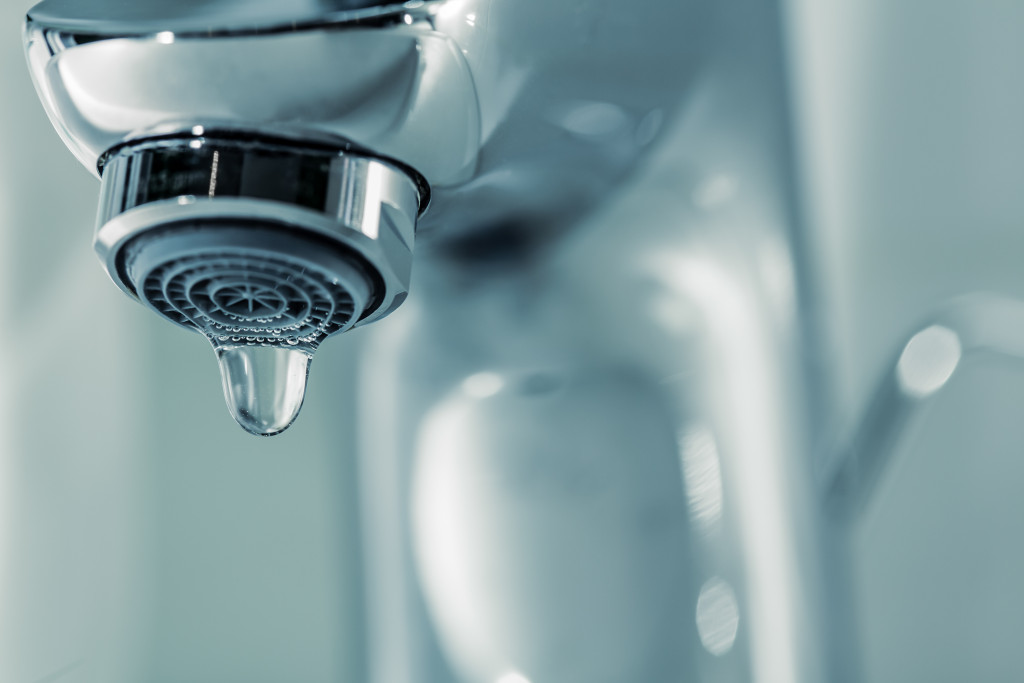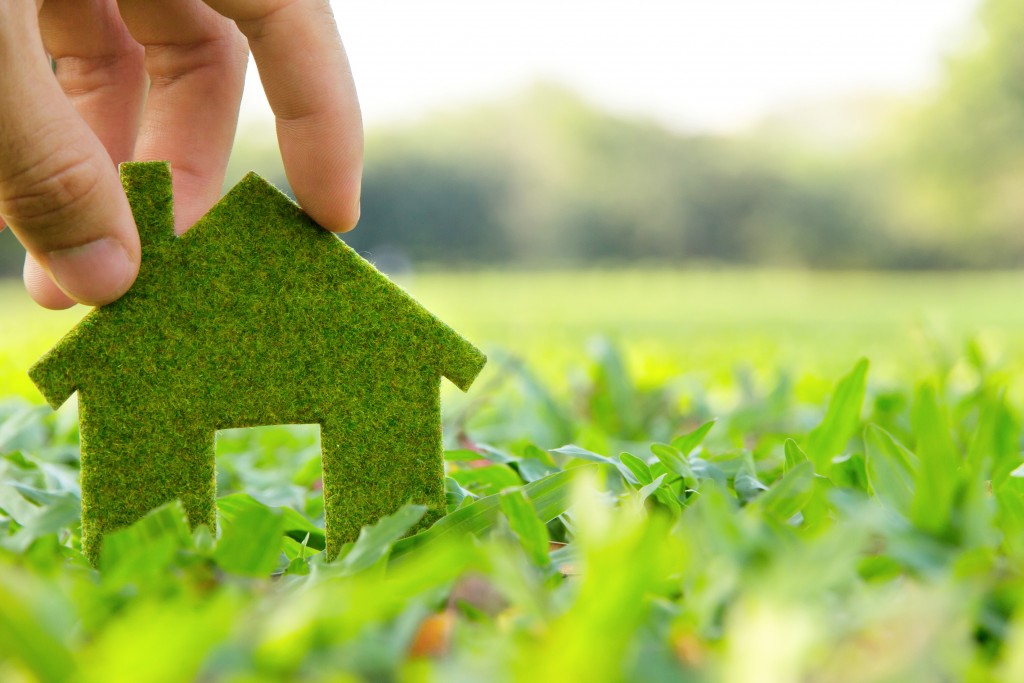Sometimes, life makes you look at your home in a way that you’ve never seen it before. One thing’s for sure: if you haven’t already upgraded to an eco-friendly home, now’s as good a time as any to start. Why upgrade to an eco-friendly home? Because by making a few small changes, you can reduce your carbon footprint as well as your water and electricity bills. Here are some things you can do in your home to make it more eco-friendly.
Insulation
A well-insulated home conserves energy more efficiently. Huge energy waste increases your carbon footprint, so limiting drafts and air leakage is a good start to reduce your carbon emission. Choose high-quality insulating materials; you get better protection when your home is better insulated from the elements. With proper insulation, you don’t have to set your home thermostat at extreme temperatures just to be comfortable during the summer or winter. Here are some tips when insulating your home:
- Insulate, fill, and seal any leaks around any windows. Check the attic and the basement and add a weather strip to your doors and windows for good measure.
- Insulate the floors above the garage and install an air barrier to prevent any cold air from entering.
- Insulate ducts passing through conditioned and unconditioned spaces to avoid energy loss.
- Wrap hot water pipes with polyethylene or neoprene pipe sleeves or insulation wrap to reduce heat loss.
Energy Efficiency
If you’re considering purchasing new appliances, check whether they are energy-efficient. This simple move will reduce your carbon footprint as it will make your electricity use minimal.
- Upgrading to solar energy is a good investment, and it’s energy-efficient. From solar panels to a solar water heater, using any of these minimizes your carbon footprint considerably. And since your home consumes less energy in a month, you can save money from lower utility bills.
- Energy Guides are now on most energy-efficient appliances, especially refrigerators, ovens, and dishwashers, so you can take advantage of that information before you make a purchase.
- Switch to LED lighting as it uses 75% less energy and lasts longer than a standard incandescent bulb.
- Make sure to fill up your dishwasher before you run it to make it more efficient. You can also run it at night, as running your machine during “off-peak” hours may reduce your electricity bill. Running the dishwasher only when it’s full can also eliminate one load of dishes per week and save the average family nearly 320 gallons of water annually.
- Use power strips to turn off machines and appliances when you’re no longer using them. Sometimes, TVs and charging devices can leech energy when not in use, and switching them off from a power strip can be more effective.
- Improve the efficient use of your space. Make sure you’re not heating up or cooling down rooms you’re not actually using.
- Replace your old fireplace with an electric one, as it has a smaller carbon footprint. It’s even healthier and less messy.
Leaks and Things

Wasting water can also increase your carbon footprint, so it’s important to reduce water pollution or wastage in your home. Household leaks can waste nearly 900 billion gallons of water annually nationwide, according to the US EPA.
- Fix and seal pipes or faucets that are leaking to avoid wasting more water.
- Upgrade to a low-flow shower head to minimize wastage whenever you take a shower.
Upgrading Your Roof
If you’re looking to upgrade your roof, there are a few eco-friendly alternatives, but the choices may vary depending on the climate your home is located at. It helps to get the advice of a local roofing company to decide which roofing material is best for you, but here are some ideas:
- Recycled shingles made from recycled waste materials such as plastic, rubber, or wood fiber
- Wood shingles and shakes made from recycled lumber
- Salvaged slate and clay tiles as sustainable options
- Metal roofing is long-lasting and can be made from recycled aluminum, copper, or steel.
- Rubber roofing or reinforced rubber shingles made from used steel-belted radial tires
Buy Wisely and Recycle
Buying items that are rechargeable and reusable and things that can be recycled helps reduce your carbon footprint.
- Buy rechargeable batteries, biodegradable trash bags, and washable napkins. Also, avoid single-use plastic food containers; always go for reusable options.
- Create recycling bins for plastics, cardboard, cans, and bottles.
- Decrease the amount of trash you send to the landfill by recycling and reusing as often as you can.
- Donate unwanted home items instead of sending them to the landfill.
These are only some changes you can do to make your home more eco-friendly. Whether you decide to call your roof contractor to install an eco-friendly roof or just start with a recycling bin, it’s a good way to help the environment and reap savings on your electric and water bills in the long run.

